A strong core is about far more than just appearance. For women, especially as we age or navigate life stages like pregnancy and postpartum, core stability supports posture, reduces back pain, enhances balance, and improves overall functional movement. The good news? You don’t need intense workouts or expensive equipment. This 60-day low-impact core stability plan is designed specifically with women’s health in mind—focusing on gentle, evidence-based exercises and simple daily habits to build deep, sustainable strength.
Core stability refers to the ability of the deep abdominal, pelvic floor, and back muscles to support the spine and pelvis during movement. Unlike core strength, which focuses on power, stability emphasizes endurance and control. This is crucial for women due to anatomical and hormonal factors:
Research shows that low-impact, consistent core training significantly improves functional outcomes, particularly in women over 35 and postpartum individuals.
This plan is built on three pillars: consistency, progressive overload, and mindful movement. Each week introduces slight increases in duration, complexity, or engagement to ensure gradual improvement without strain.
The routine takes just 10–15 minutes per day, 5 days a week. Two days are reserved for active recovery—think walking, stretching, or rest.
Focus: Learn proper breathing and engage the deep core muscles (transverse abdominis and pelvic floor).

Focus: Increase time under tension and improve neuromuscular connection.
Focus: Introduce slight instability and longer holds.

Exercise alone isn’t enough. These daily habits enhance your results:
This 60-day plan is not about quick fixes. It’s about building a resilient, supportive core that enhances your daily life. By combining short, low-impact routines with mindful habits, you’ll develop strength that lasts—protecting your back, improving posture, and boosting confidence. Start where you are, progress at your pace, and celebrate every small win along the way.
Remember: If you experience pain or discomfort, stop and consult a healthcare provider. This plan is safe for most, but individual needs vary.

Health

Health

Health

Health

Fitness
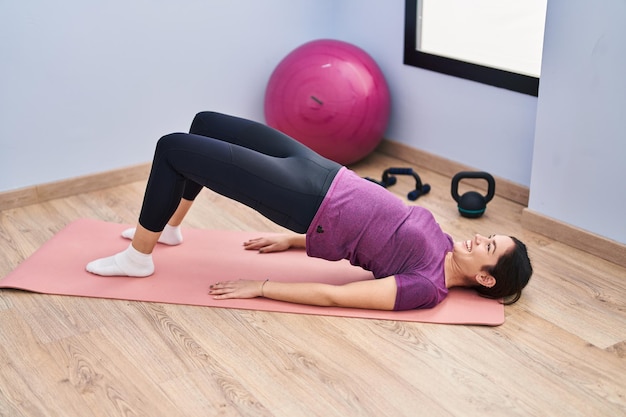
Fitness
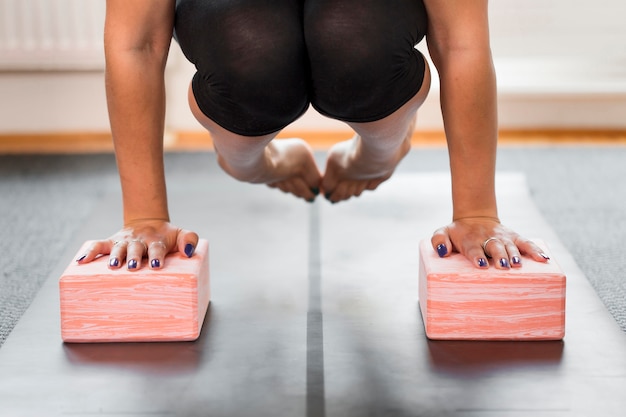
Fitness
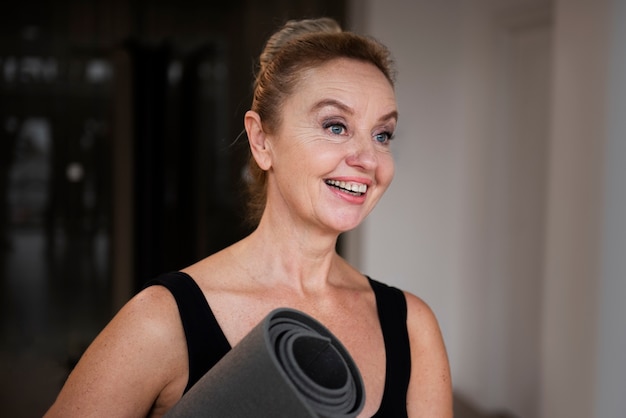
Fitness
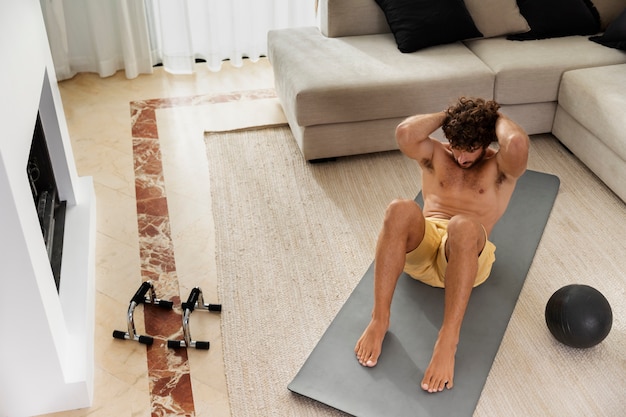
Fitness

Wellness
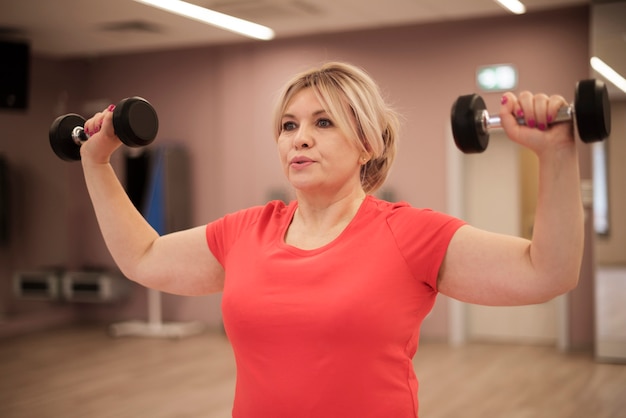
Fitness

Fitness

Health

Fitness

Health

Health